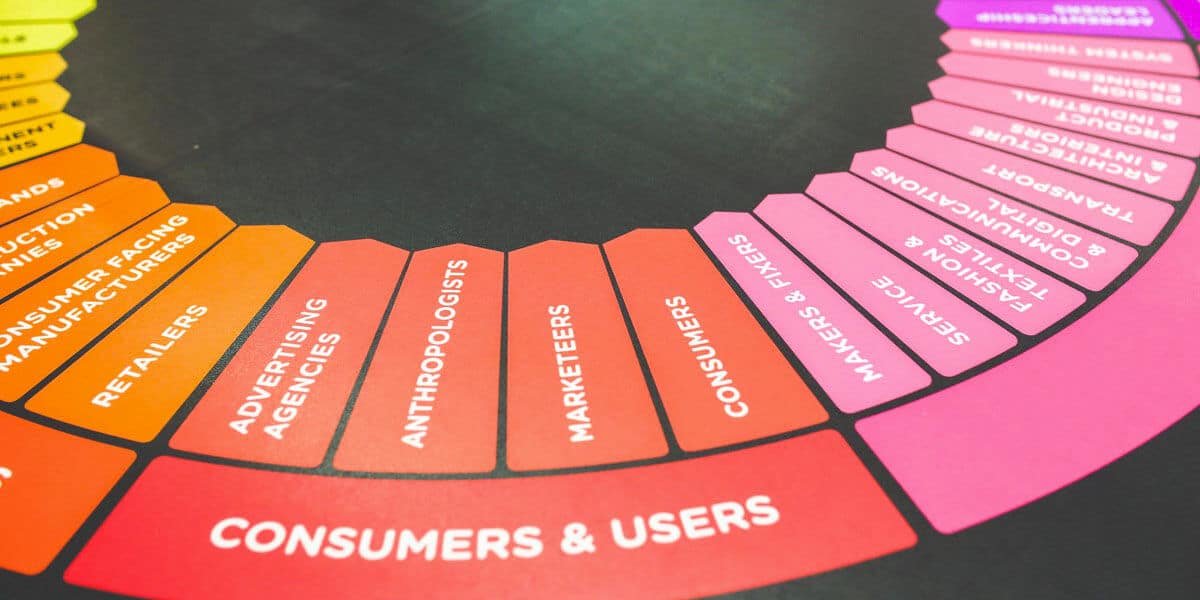
Product engineering – comprehensive product design
6 January 2018
Impact of the General Regulation of the Protection of Personal Data on the SEO and e-commerce industry.
11 January 2018
”Thin content” or low quality content
The three basic areas that Google takes into account when evaluating pages are the quality of links, content and RankBrain (a mechanism based on artificial intelligence that is part of the search algorithm). In recent years, Google has made a number of changes to its algorithms to ensure high-quality search. The uniqueness, naturalness and value for the reader stood in the first place. The more accurate the page, the richer the information is, the greater its reputation.
Much is known about the harmfulness of content duplication. However, there is a wide, rarely discussed context, which has a similar (if not more) importance – the low-quality content (thin content). In this article you will find out what does it mean and what can you classify as poor content.
Thin content – what is it?
In 2011, Google updated the algorithm under the name Panda. Continuously improved since then, its task is to better detect accurate and valuable form – pushing further carelessness and spammer sites. Thin content is the effect of one of the further modifications of this algorithm.
If we ask the source, we will learn that thin content pages often contain content with low substantive value copied from other websites. In the further part of this article, you will find out what is behind this vague expression. First of all, these are non-original texts, with a small amount of reliable information. However, it is worth to study specific examples that will allow us to better understand the topic of the thin content.
A small amount of content on pages
One of the determinants of thin content is the lack or small amount of unique text on the page. Lack of content implies too little important information – for readers and Google robots. Enriching the website with content should be the first step when optimising a website. This may be the case for online stores, where products and categories are not described. Then, only the product name and its parameters change from the subpage to the subpage. This is an unfavourable situation requiring improvement.
Duplicated content
Both internally and externally duplicated content can be qualified as low-quality content. Any websites where content is virtually unchanged on individual subpages, or only small fragments change, can be marked as thin content.
In the case of external duplication of content, the problem is the lack of uniqueness and originality of the text. Incorrect use of a network of affiliate programs or the direct reproduction of text written by someone else will contribute to the recognition of content as thin content.
Low-quality text
According to Google’s guidelines, the content obtained from an incompetent author (non-specialist) also counts as thin content. Google values uniqueness of entries, specialist knowledge and practicality of content – anything that can make the reader to spend more time on the site. If we run the additional website to support our main brand and it consists entirely of cheap texts written for pennies by amateur copywriters – it will not bring us any benefits. Usually, thin content is an internal issue of a website that publishes poor quality content. However, if links to our website come from poor quality sites, it may harm its reputation as well. So let’s ensure that the profile of incoming links is the best, trying to get them from reliable sources. Blogs should contain unique content that is interesting to readers. It is worth investing in a good copywriter who knows the industry and is able to offer valuable content.
An article that has little to offer in terms of new information (uses generalities, does not bring any added value) will not be useful for the user visiting the site. The high bounce rate (the percentage of sessions during which the user enters only one page and leaves the site without further interaction) is a signal that the readers do not find relevant information on the site. It is worth to modify the content in such a way that it becomes important for users.
Affiliate programs
Google recommends caution when using affiliate programs. The biggest faux pas in this area is directly copying descriptions and opinions about recommended products from someone else’s page. This is common practice if the site belongs to a network of partner websites. Such content is lacking in originality and uniqueness. It is an obvious duplicate and reduces the ranking of the site. A good step, in this case, will be to supplement or exchange the copied texts for your own observations and opinions.
The same will happen if the entire page consists of content prepared for the purpose of the affiliate program. Then you should focus on adding autonomous, valuable content that can be of interest to users.
Doorway pages
Unlike Landing Page, Doorway Page is a page positioned under certain key phrases, which then directs the user to a more useful destination. The main difference between LP and DP is that the first one with its content exactly matches what the user wanted to find on the page, in other words: it enables conversion.
Doorway Page is a page through which makes us take an extra step to get valuable content. This carries the need to go to the landing page to convert (choose the product you are interested in or contact the service provider). Usually, this method creates several subpages or pages on separate domains that have the same appearance and content, and differ only in URLs. Then, we have a situation where a number of pages are locally positioned under the phrase: keyword + city name. This is a disadvantage for a potential customer who is unable to quickly find the requested information. This technique is considered to be spammy by Google and usually falls under Black Hat SEO.
Unformatted content
Google also takes into account how the text appears on the site. It should be readable not only for robots but especially for users. If you enter a page you will see a block of unformatted text, undivided to paragraphs, without any designated headings – you will immediately close the tab in the browser. The text presented in this way is unreadable and unattractive. It is worth to take care of the visual attractiveness of the content – choose the appropriate font and size, saturate the text with photos and multimedia files.
Emerging spelling and syntax errors that indicate negligence in the preparation of content are another determinant of thin content. This usually applies to automatically generated articles, where correctness and even meaning is in the last place. However, it is worth to take care of the order and improve the texts in terms of stylistics and spelling, if they require so.
Another threat comes from hiding fragments of content on the site by formatting. Such text can be hidden by changing the colour of the text or covering the text with other elements. As a result of this practice, some of the content (usually less attractive, saturated with keywords) is visible only to search engine bots. Such attempts to deceive search engine robots, as well as users, usually result in lowering the page’s position.
Auto-generated text
All auto-generated content – synonymous articles, texts prepared by generators – may damage the position of the site. Even if we do not put these types of texts on our own subpages, a link from that kind of source (usually spammer sites) may reduce the site’s reputation in the Google ranking. It is worth to avoid such methods, not only because of the quality of incoming links but also because of the quality of content that these links are surrounded by. The same applies to articles overly saturated with keywords or containing unchanged phrases. This text looks artificially and adds little value to the page. The article targeted at non-thematically related keywords, which are out of topic, will also be classified as thin content due to low relevancy.
As always, in such cases, moderation is the key. Of course, it’s a good idea to include a lot of keywords in the text, but you have to bear in mind that the final effect should be natural. Non-negligible is also whether the text fulfils its primary task – it is easily absorbed by the reader and has a great informative value.
So how to create good content?
To avoid a thin content opinion, you need to focus on the visual and qualitative appeal of the text. The text saturated with good keywords that brings interesting information to the subject will certainly appeal not only to robots but also to users – potential customers. However, not always the more – the better. Depending on the situation, sometimes shorter but rich in relevant information text works better.
(Doubtful) advantages of thin content
Obviously, it is possible to specify several advantages of low-quality content. It can be obtained quickly and at a low cost. In just one day we are able to have content for the entire website. Therefore, you can quickly improve the ratio of the content to the code on the page, so-called Text to HTML ratio. Easy availability of such texts is a plus because we do not need to look for a professional copywriter.
And that is it regarding the benefits of low-quality content. Let’s move on to look at the other side of the coin.
Threats from having thin content
The first and most important threat is the deterioration of page rating on Google. Along with the information about having low-quality content on the site, its authority and reputation decrease. The low added value and the lack of uniqueness of the text make the site look unattractive to users. It can realistically contribute to a decrease in the position and increase the bounce rate. It is not profitable to invest in the content of low quality, regardless of the motivation behind it.
How do you check if the site has thin content?
If the page falls into the thin content category, then this information should appear in Google Search Console: Search Traffic -> Manual Actions. Then, the quality of the content on the website should be improved. Only when everything is ready and the site gets more valuable, we send a request for reconsideration in the same place in the Google Search Console.
This is a solution for those who have been affected by the thin content problem on their site. Of course, it can be counteracted by regularly taking care of the best quality content.
Thin content is a concept much broader than duplicate content. A lot of factors contribute to the high quality of texts. However, one thing remains the same: good text must be authentic and original. It is worth taking care of high quality, not only for higher positions. After all, the growing interest and user’s engagement are invaluable.


